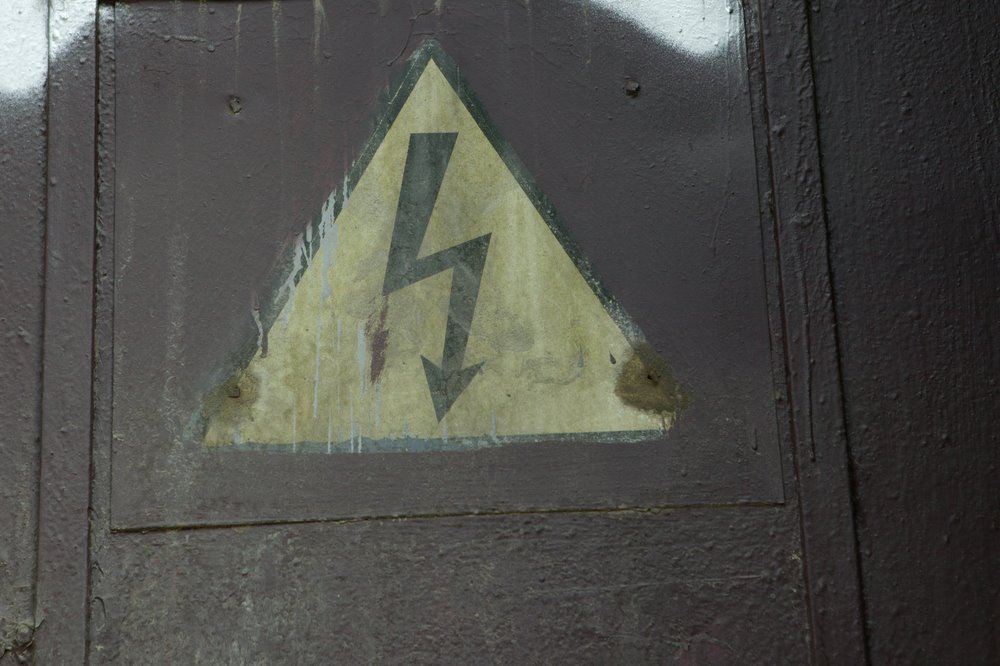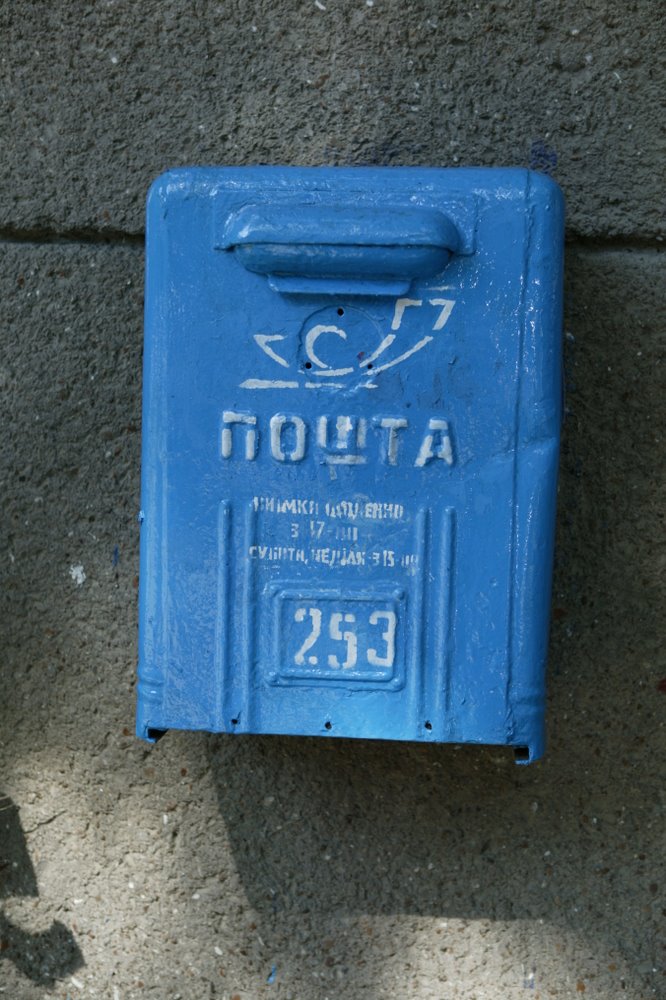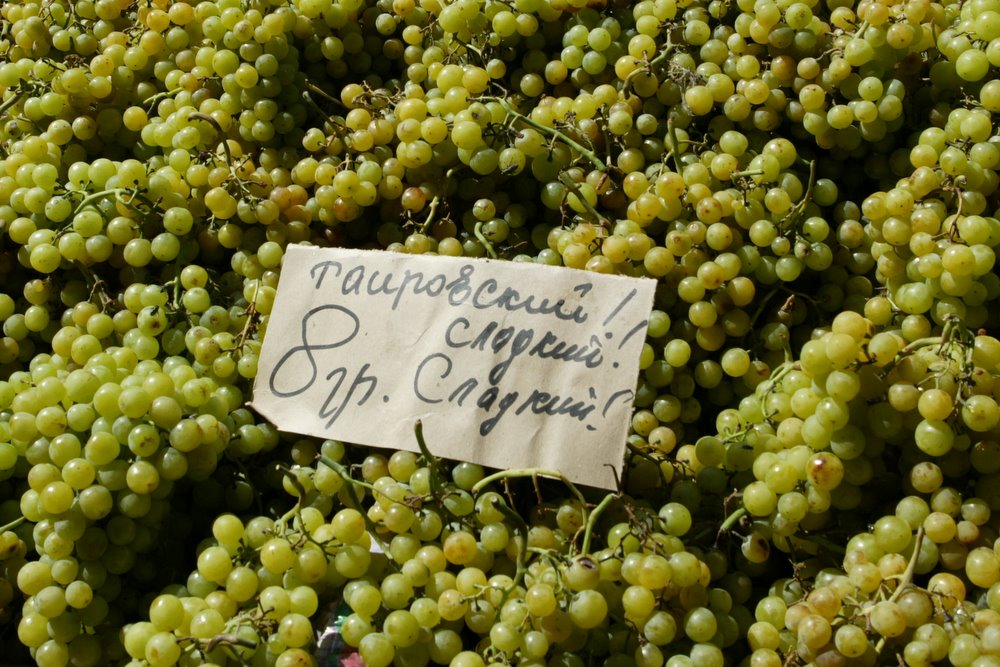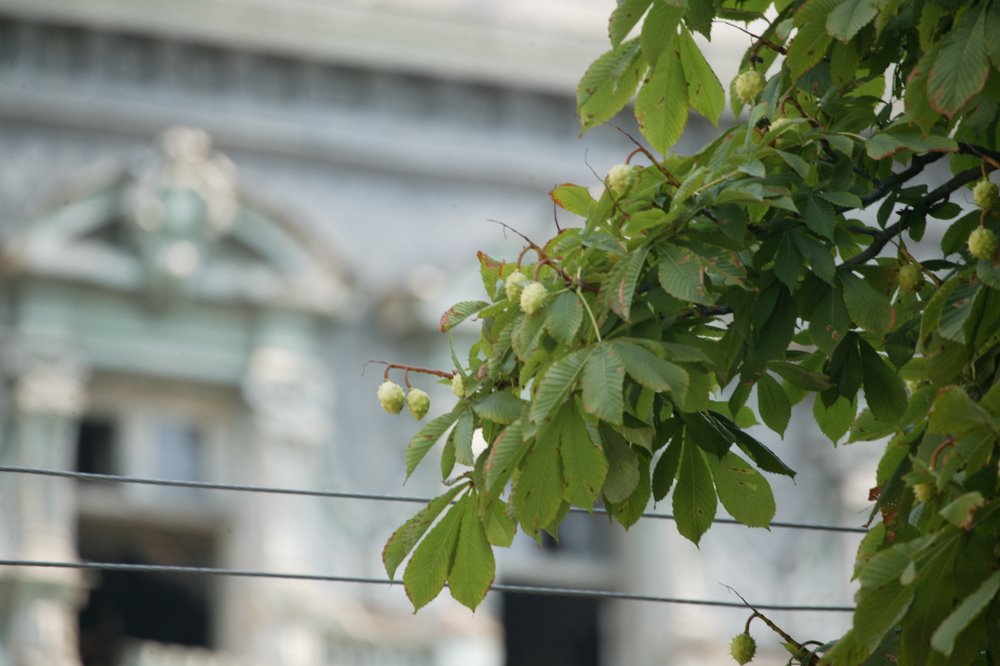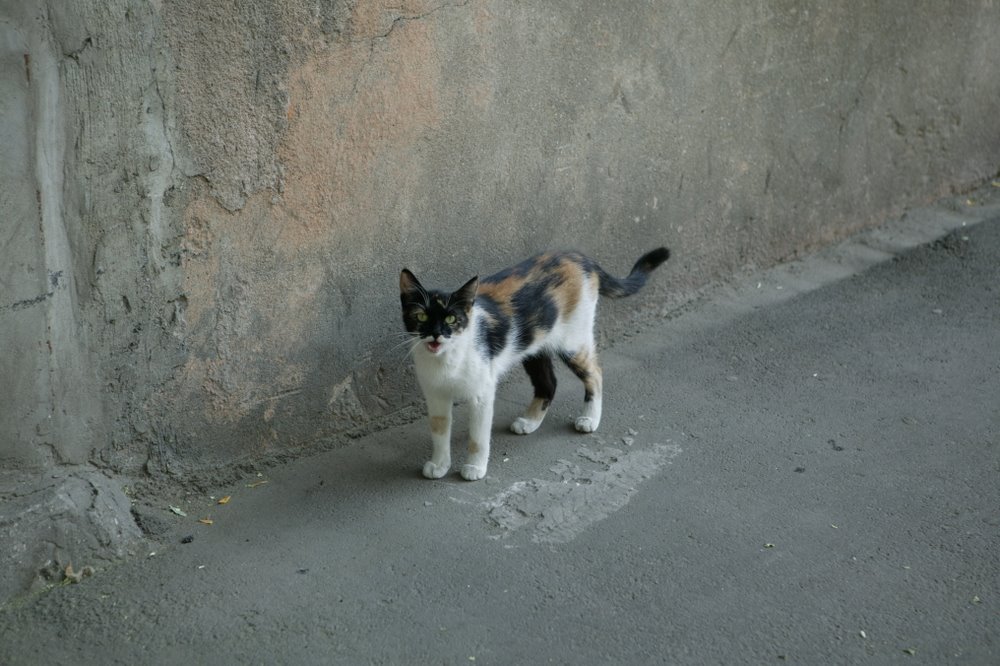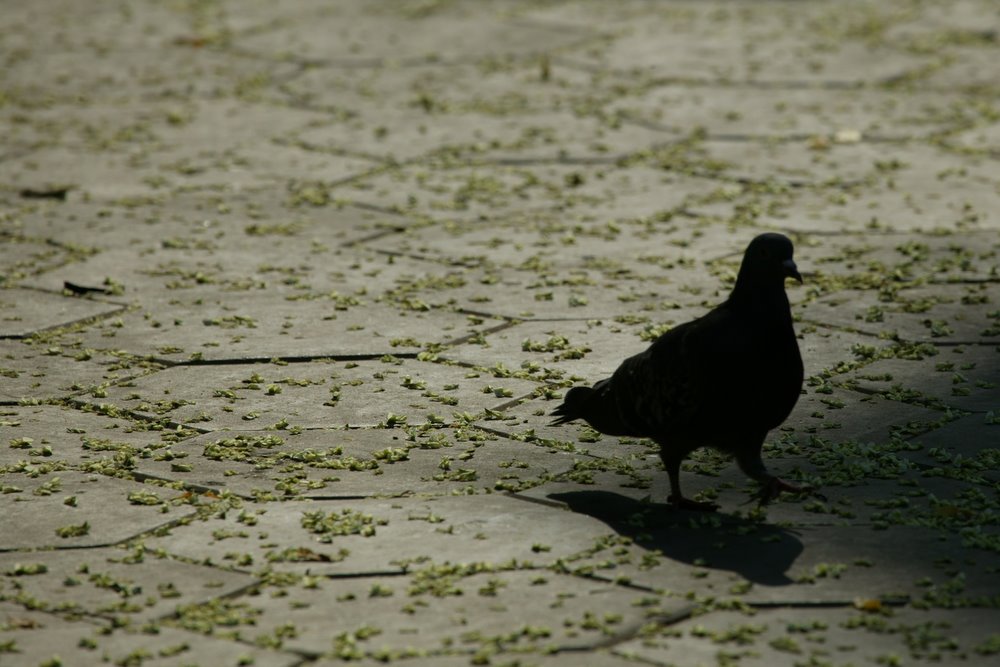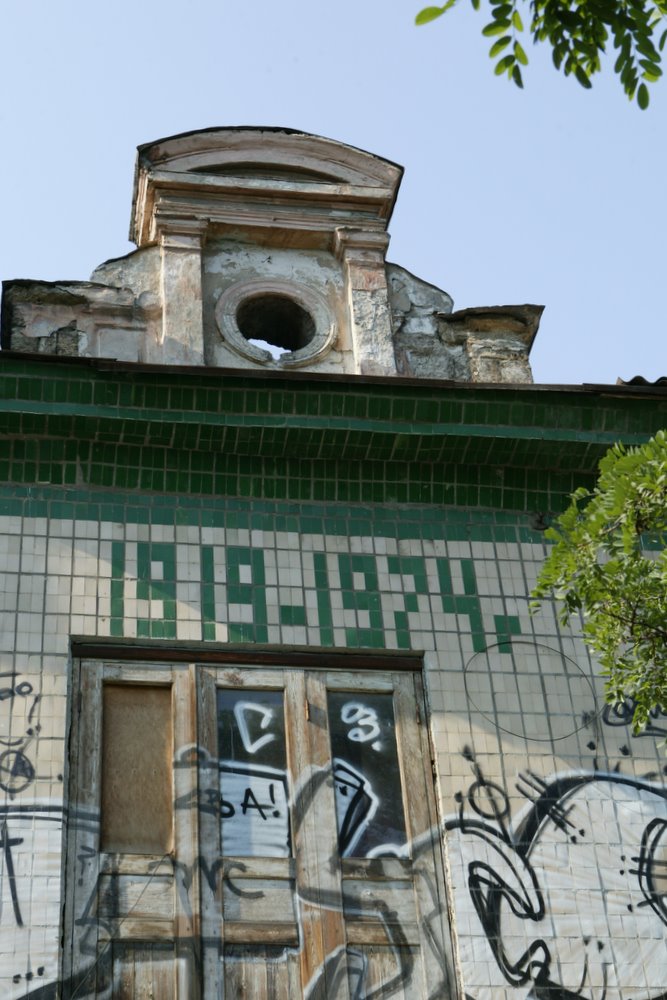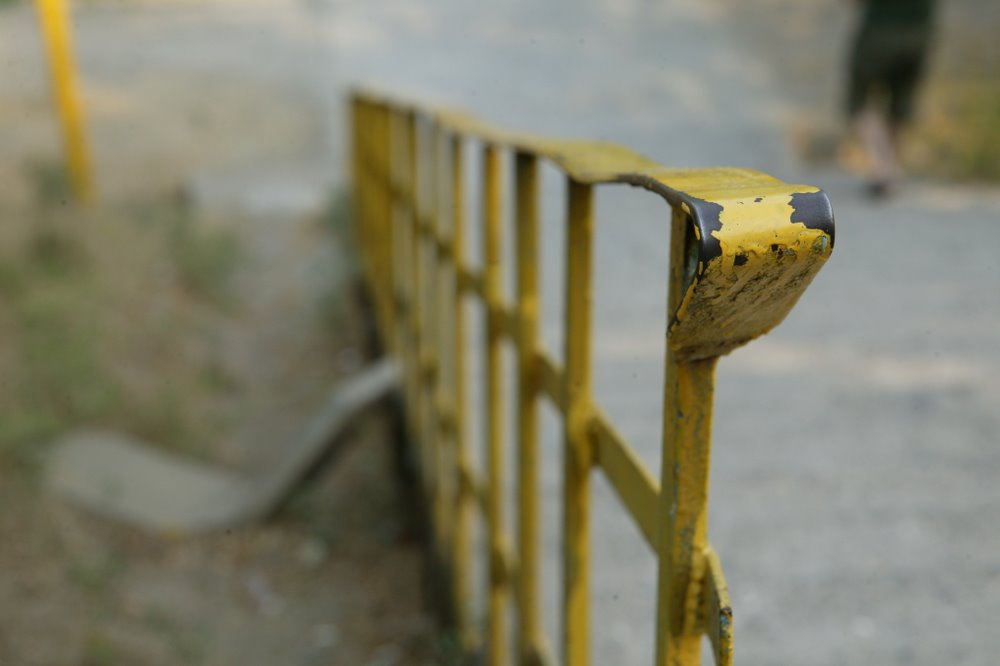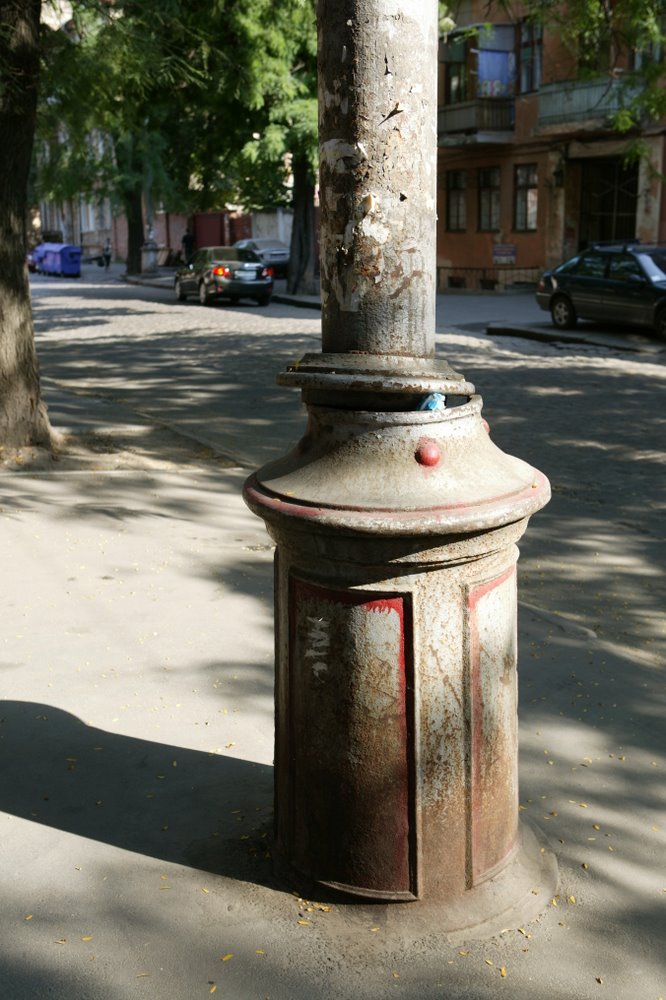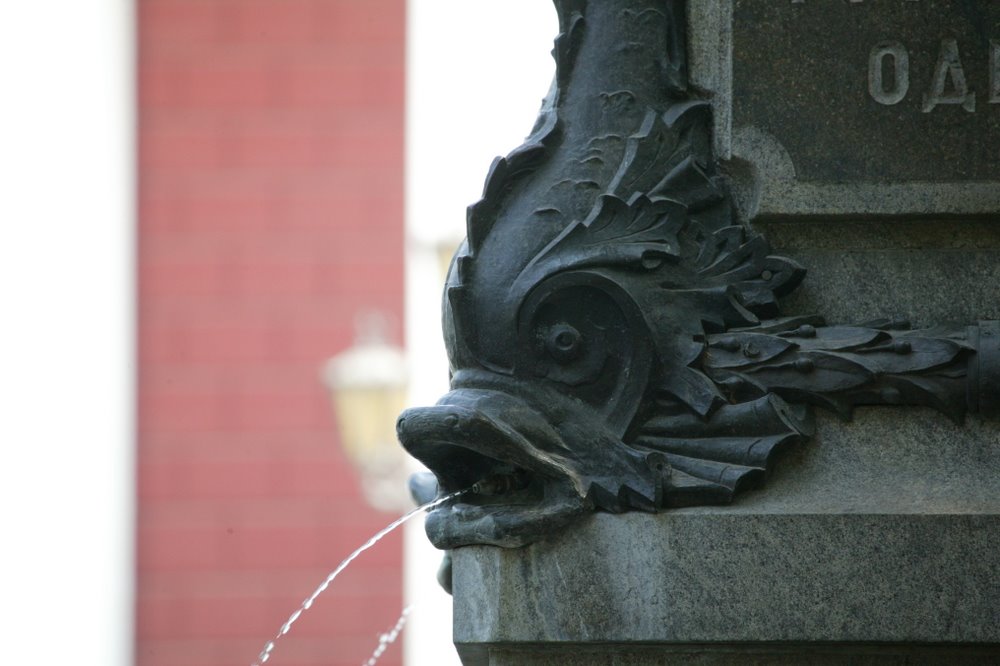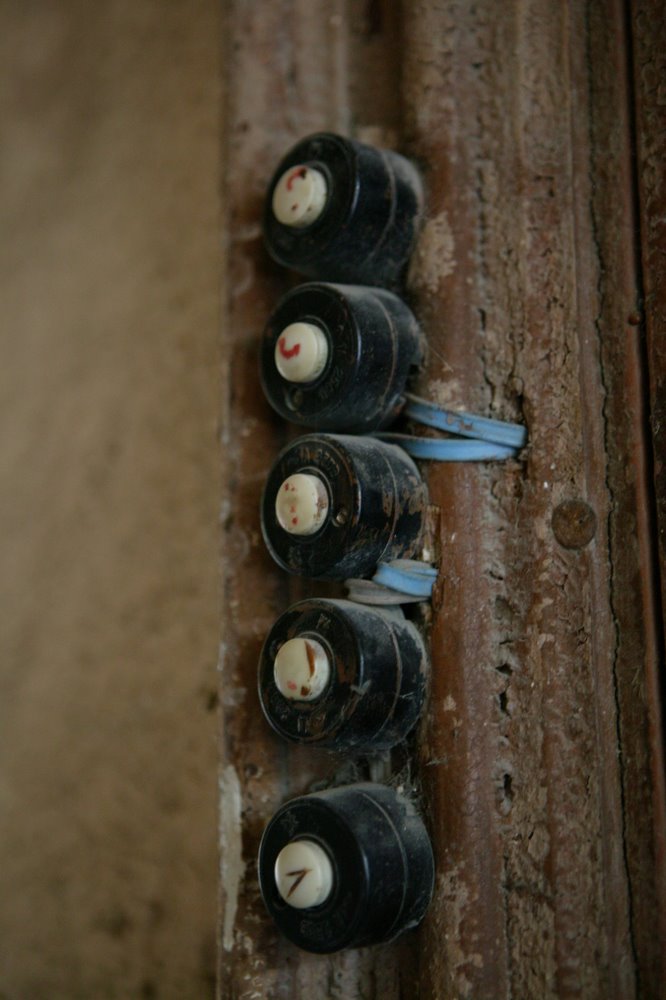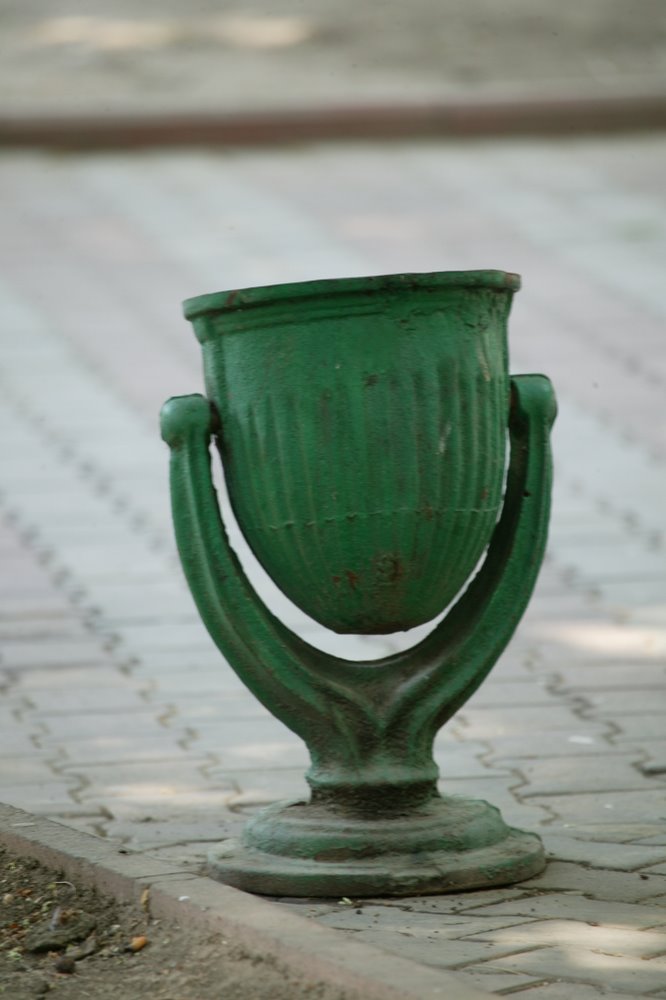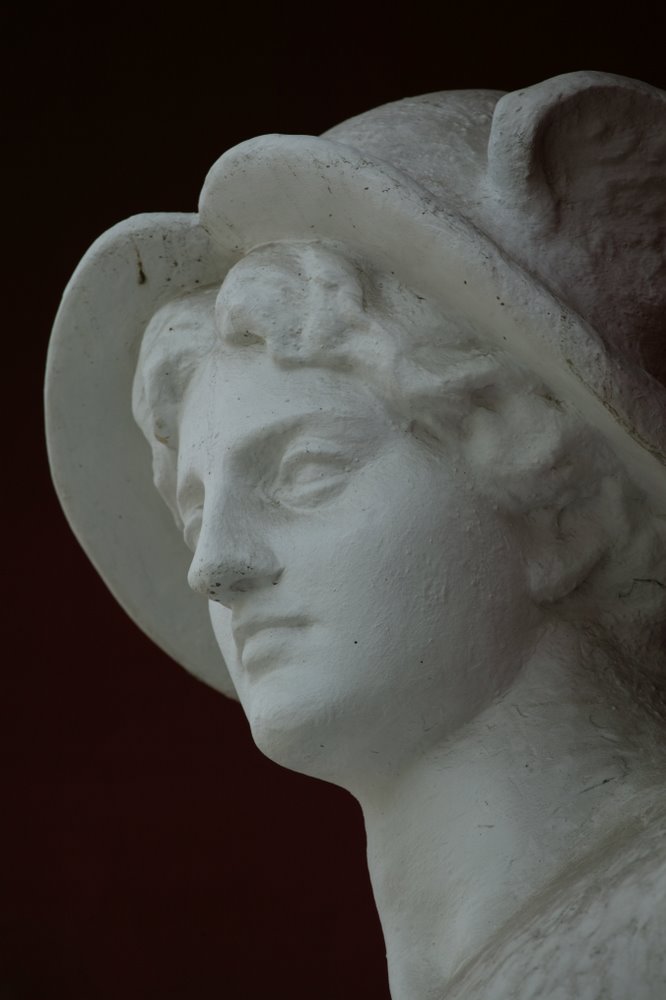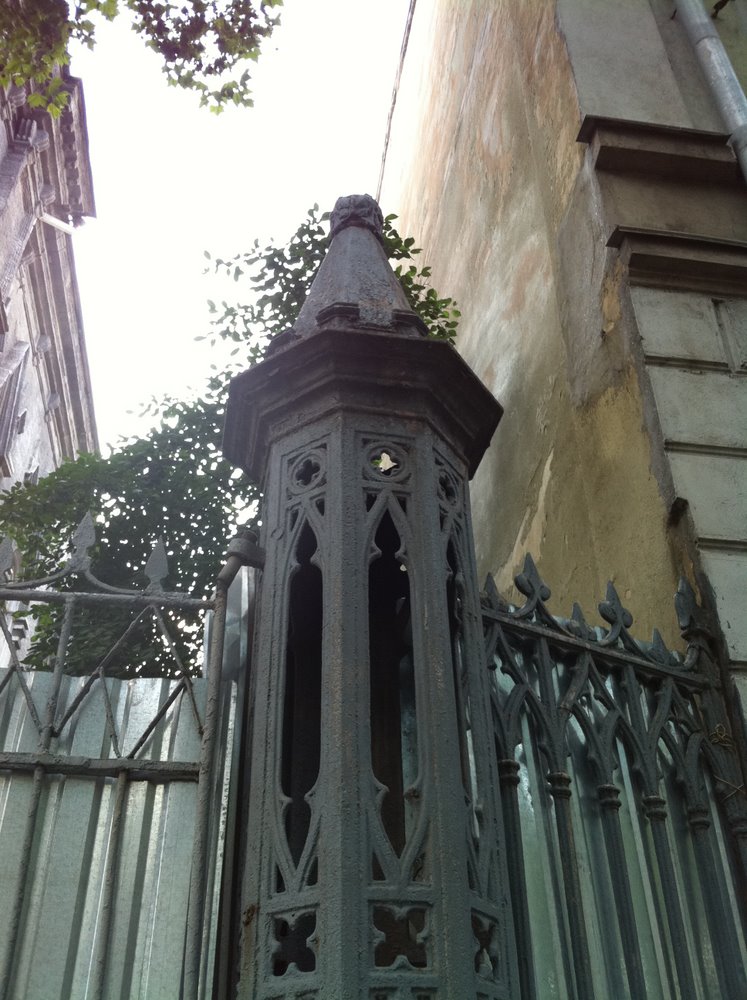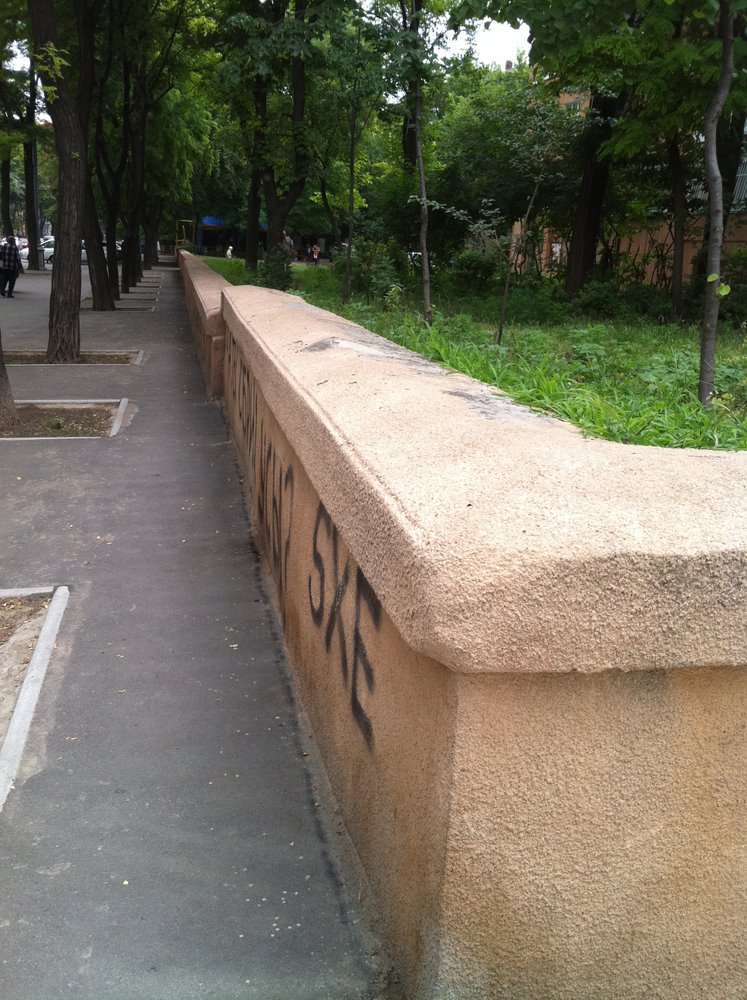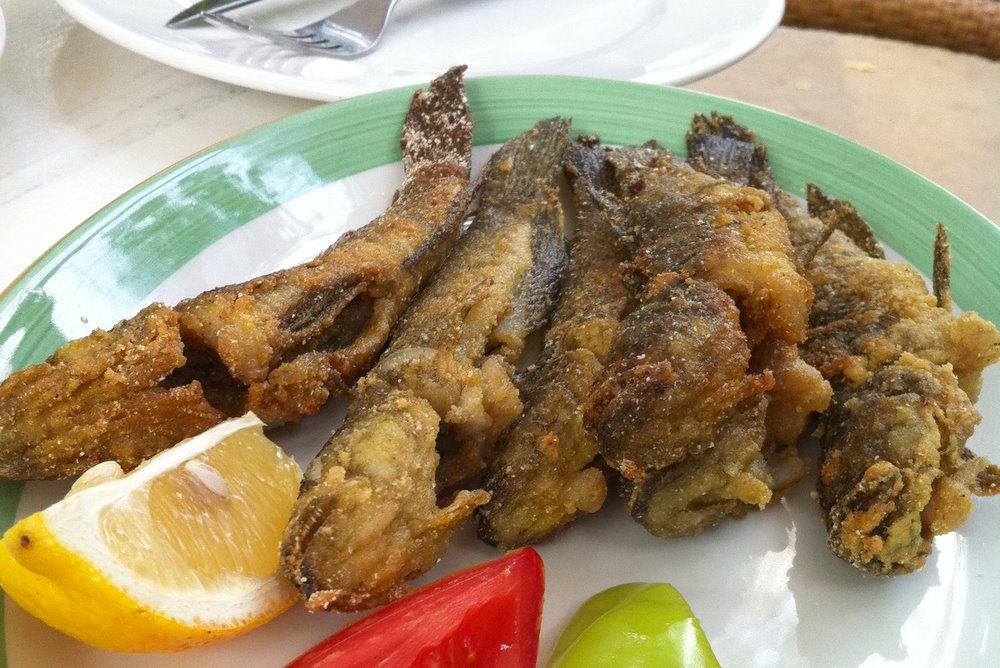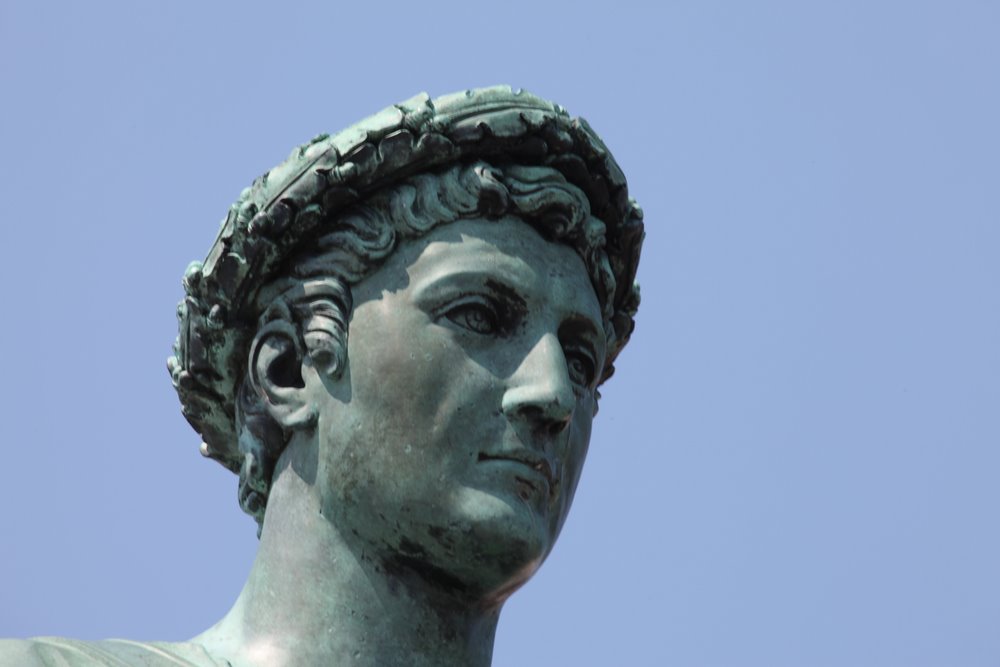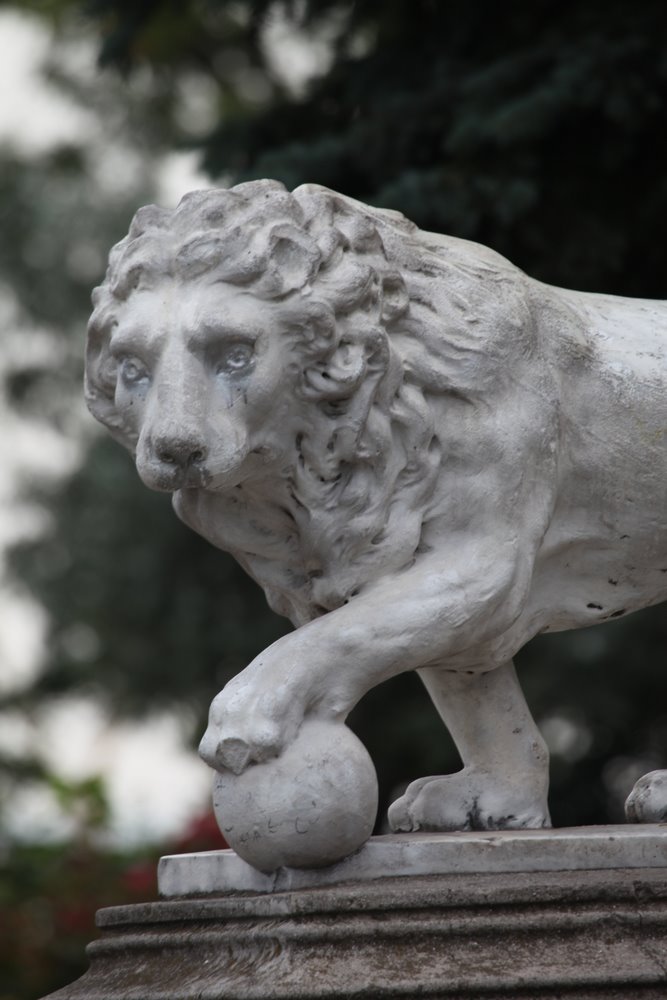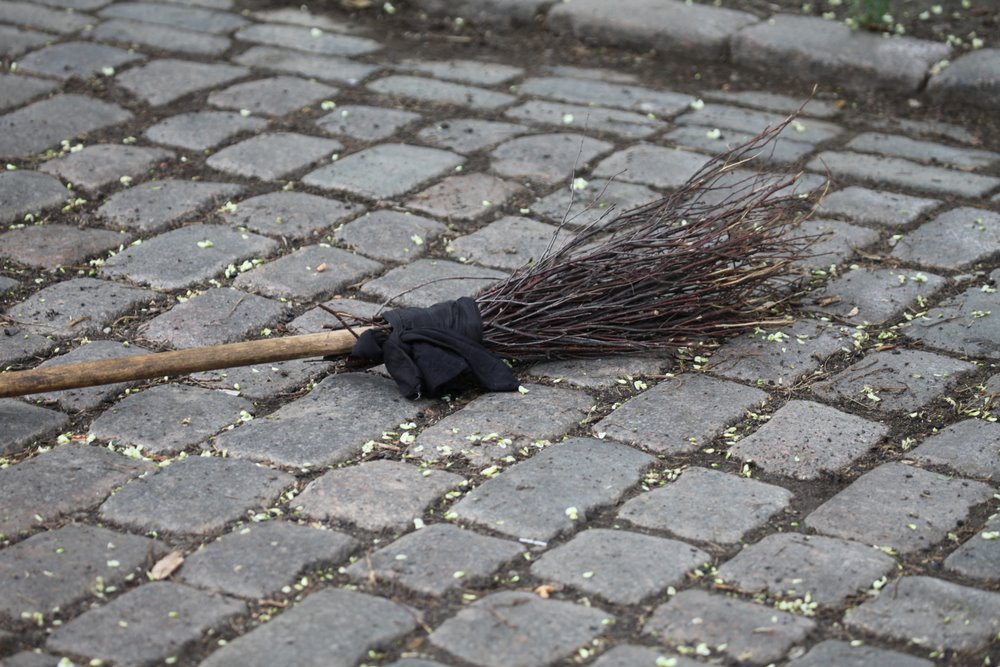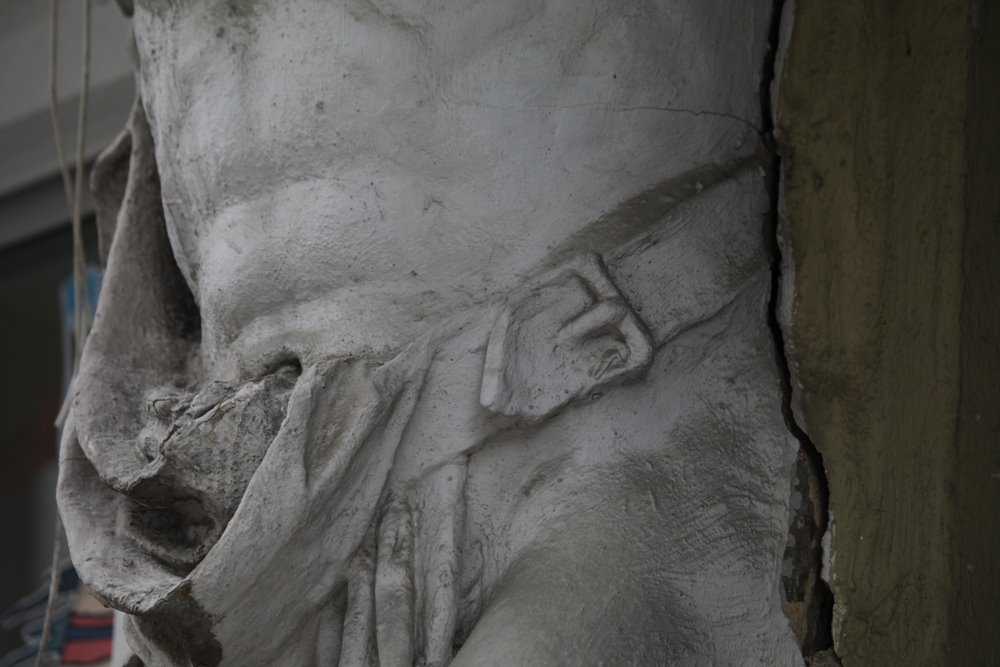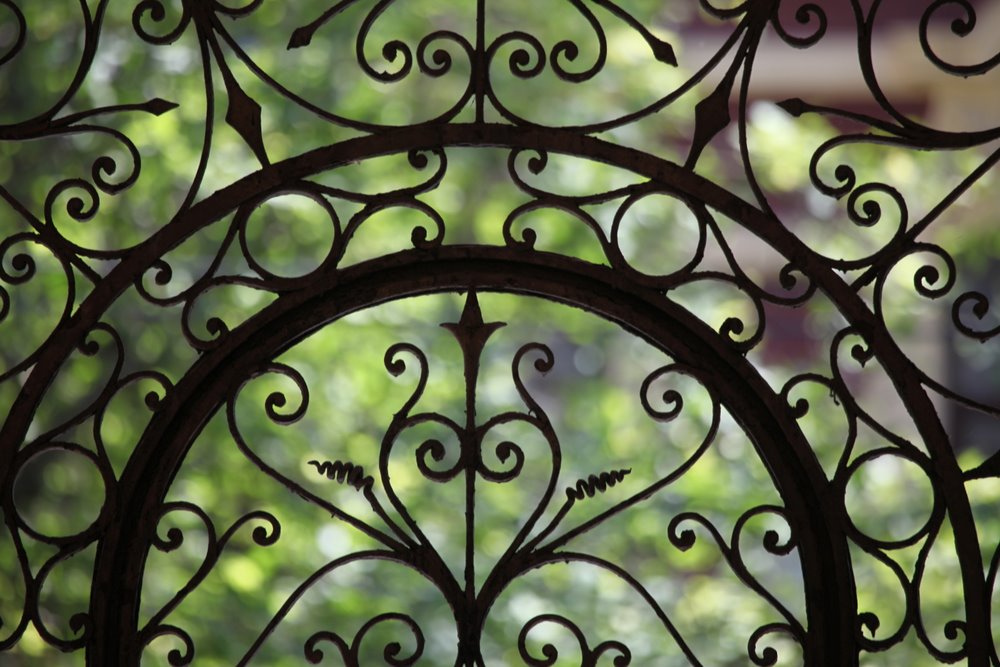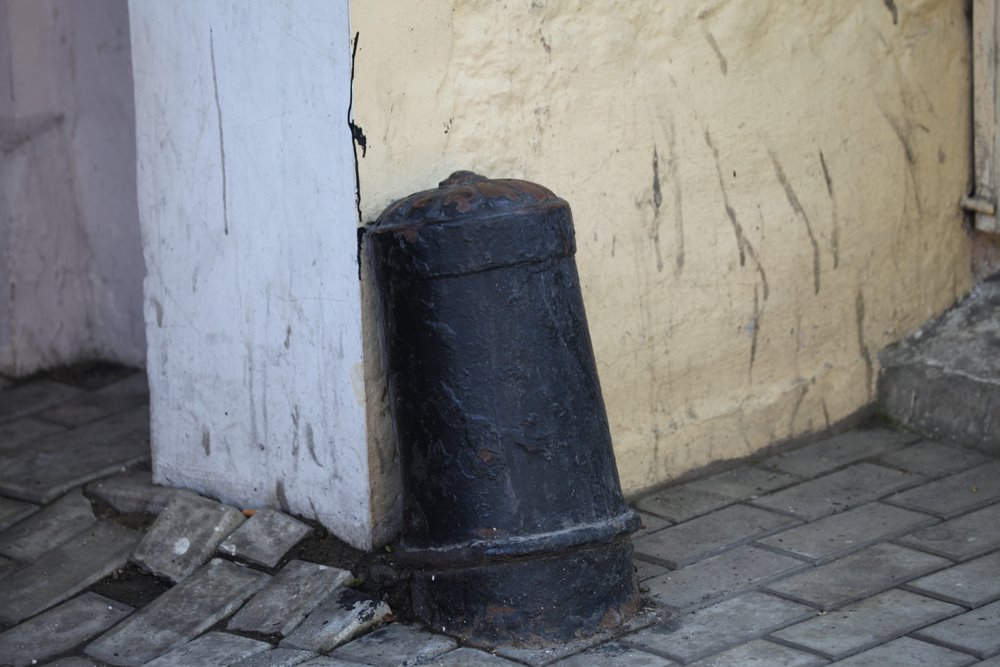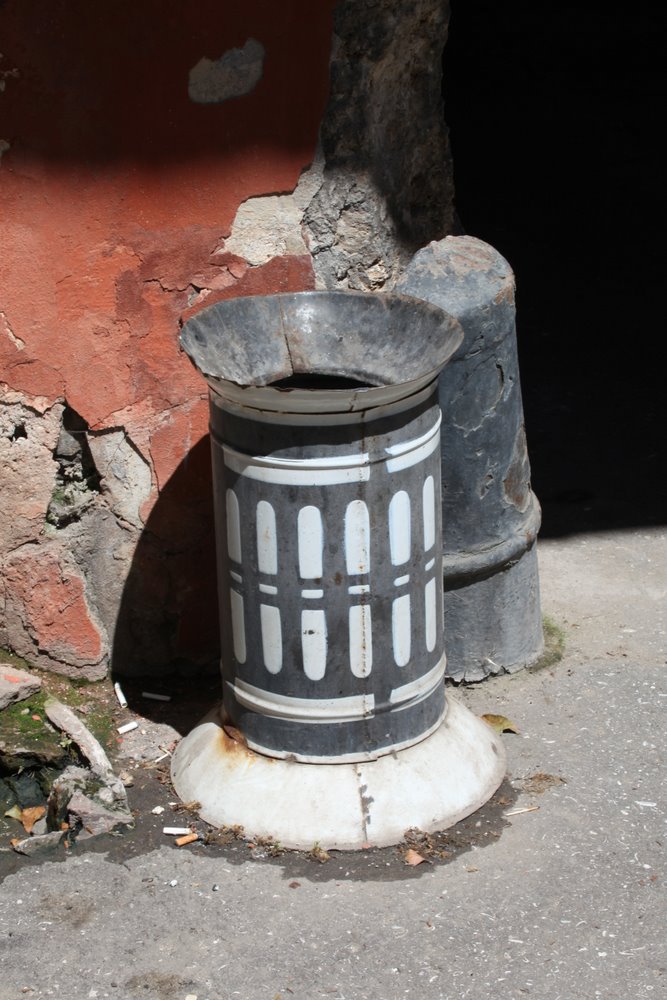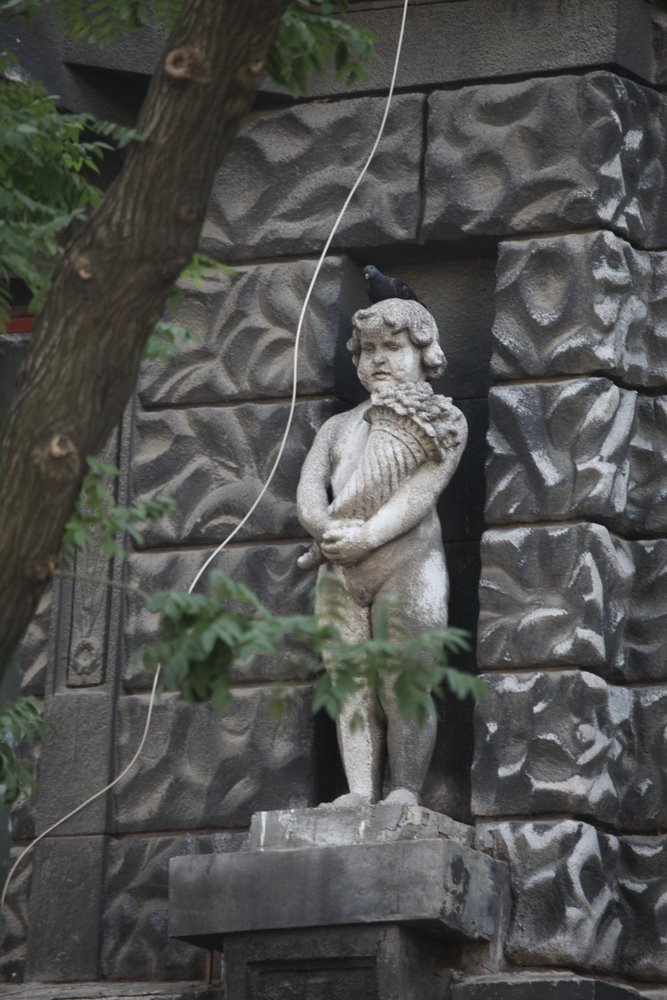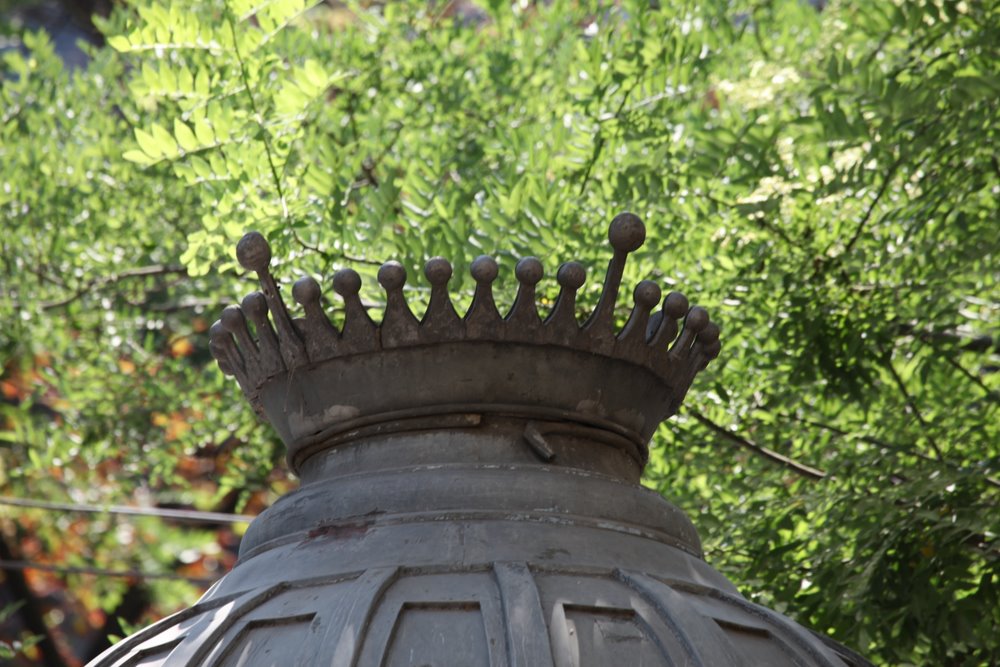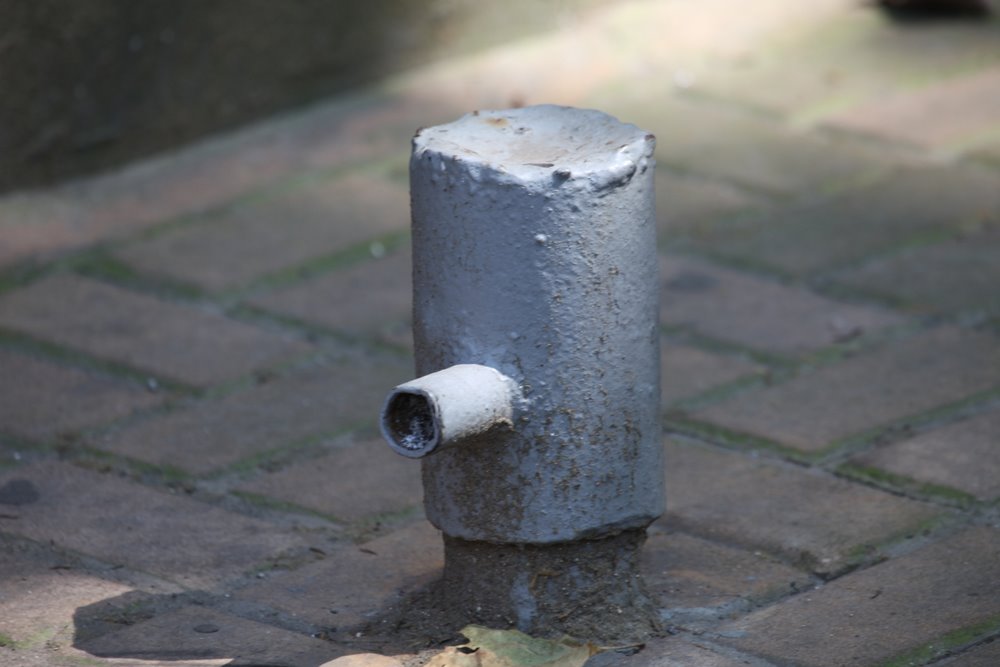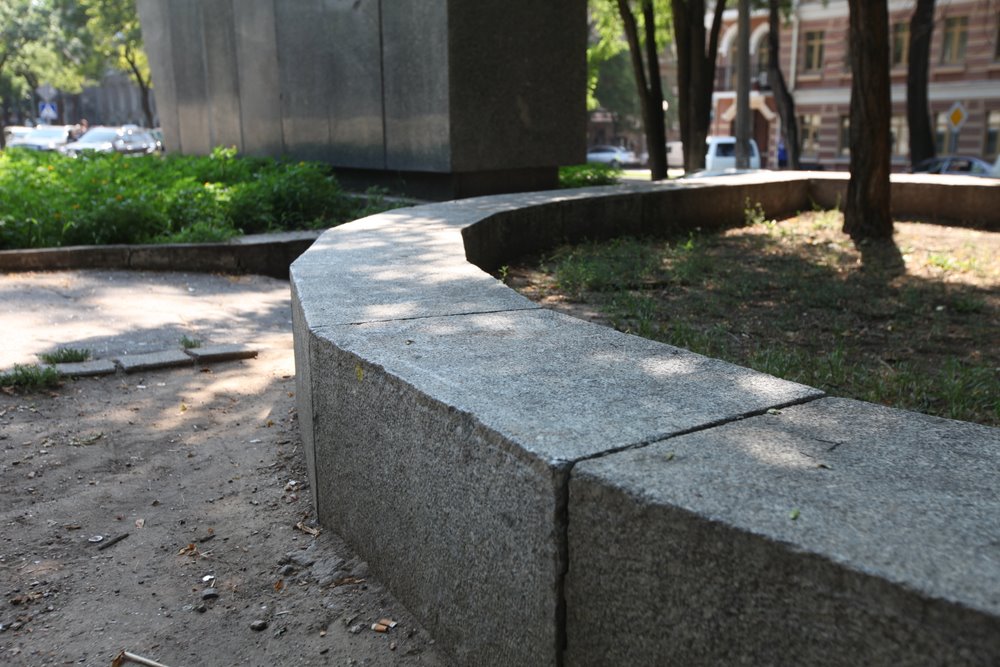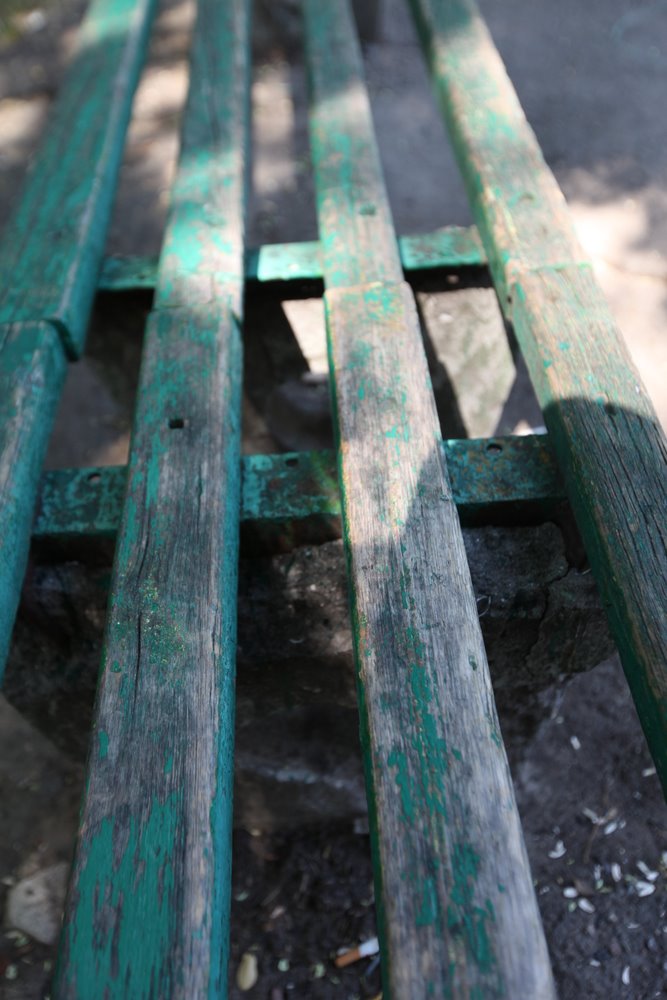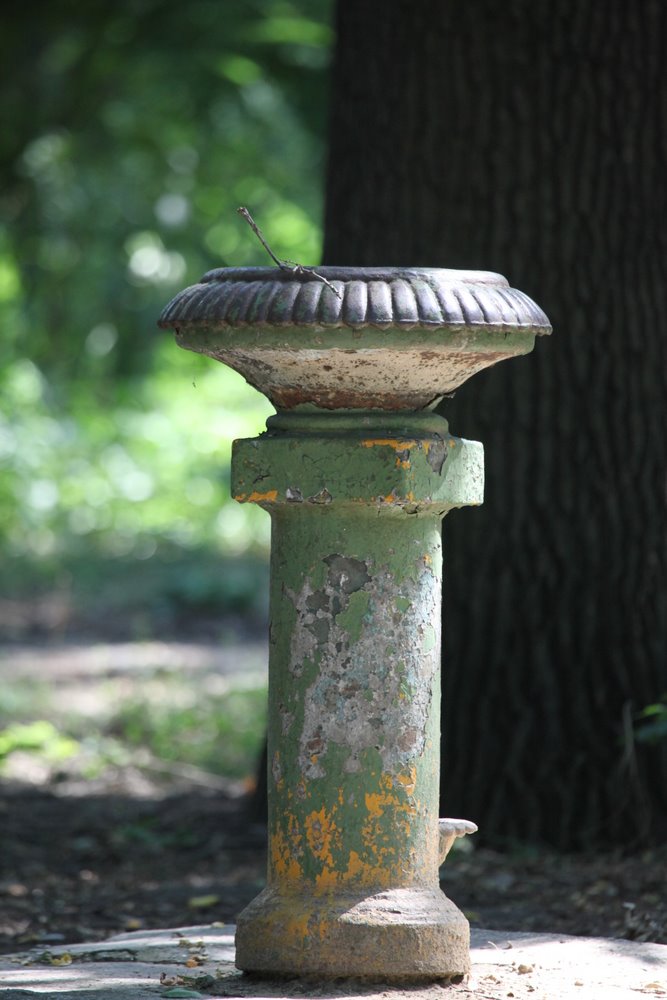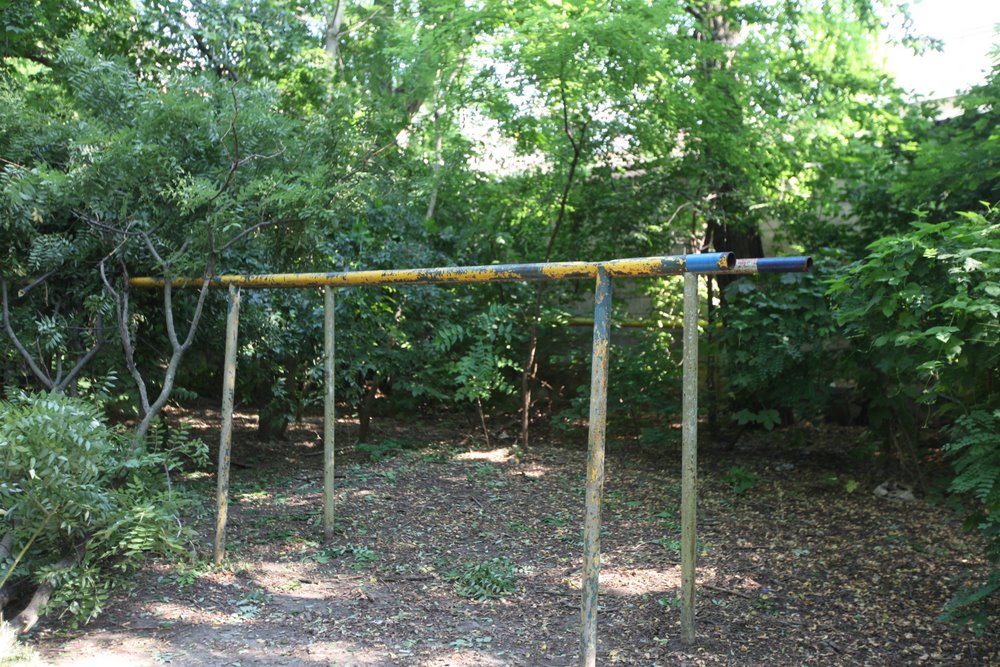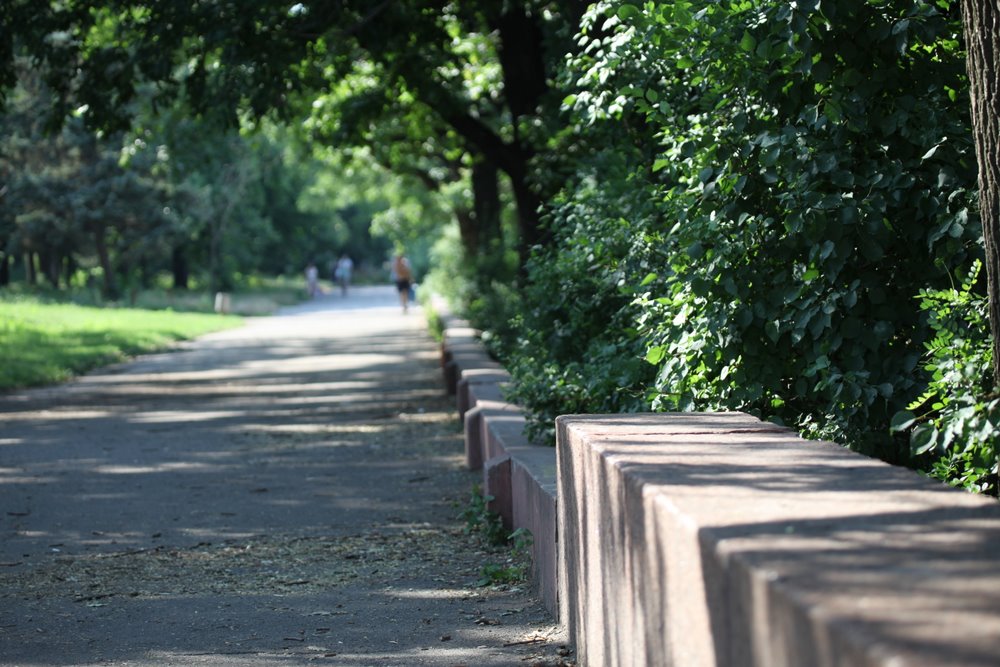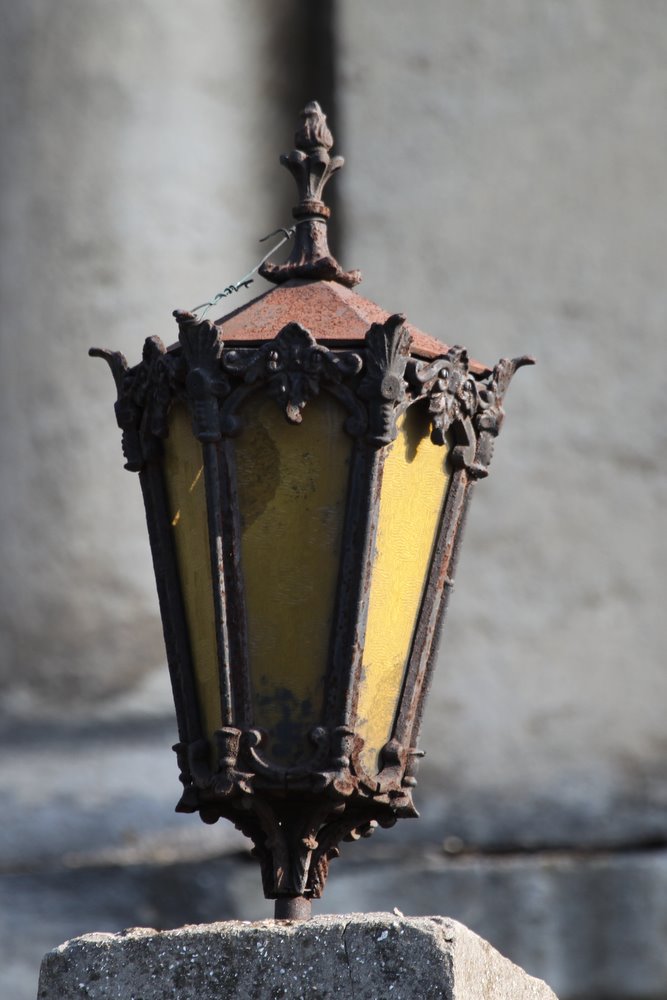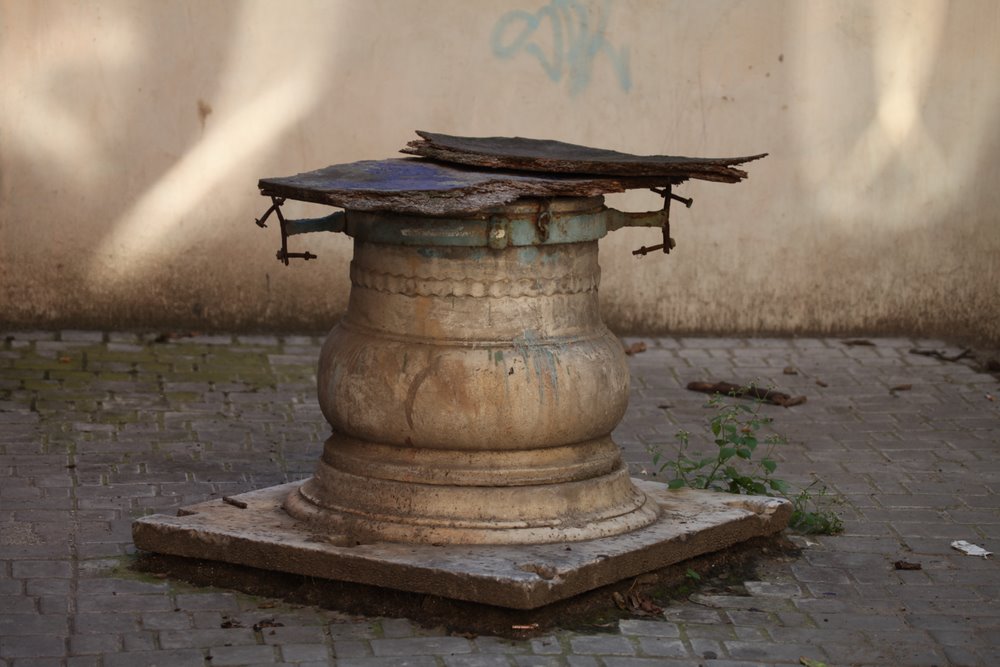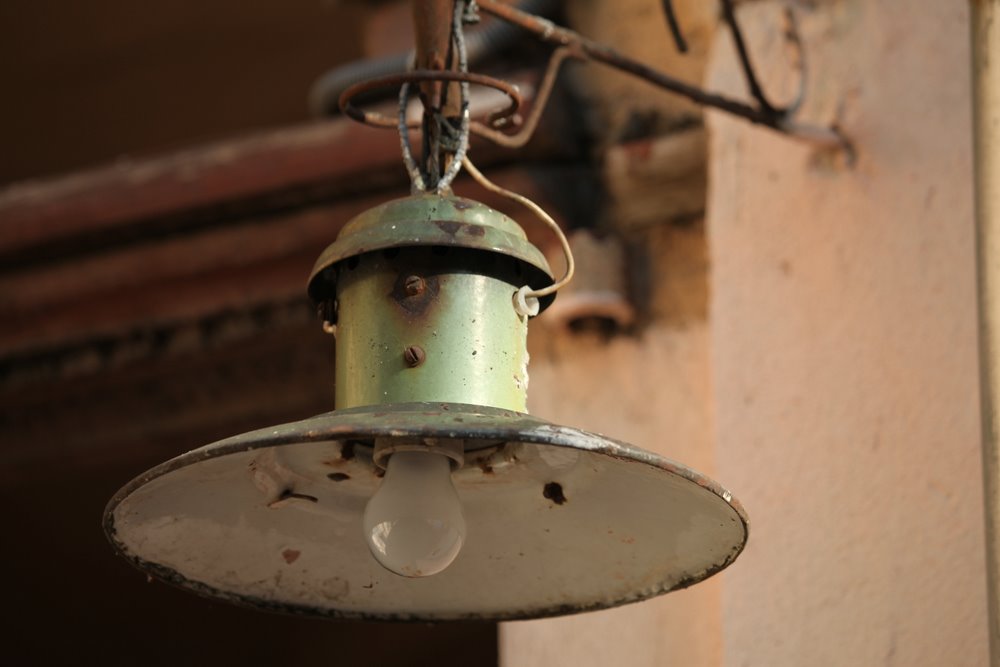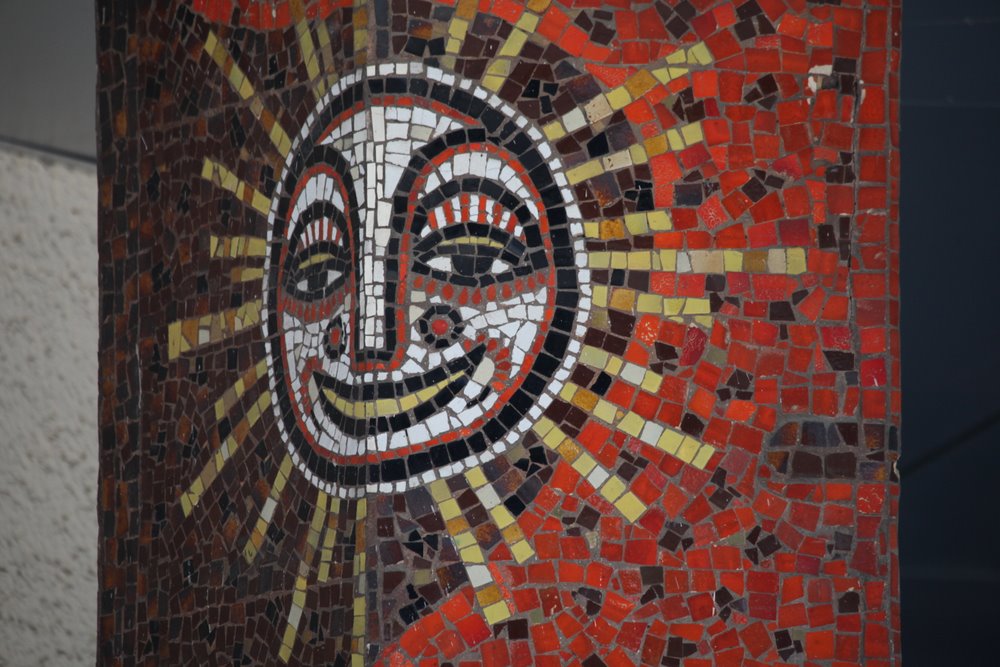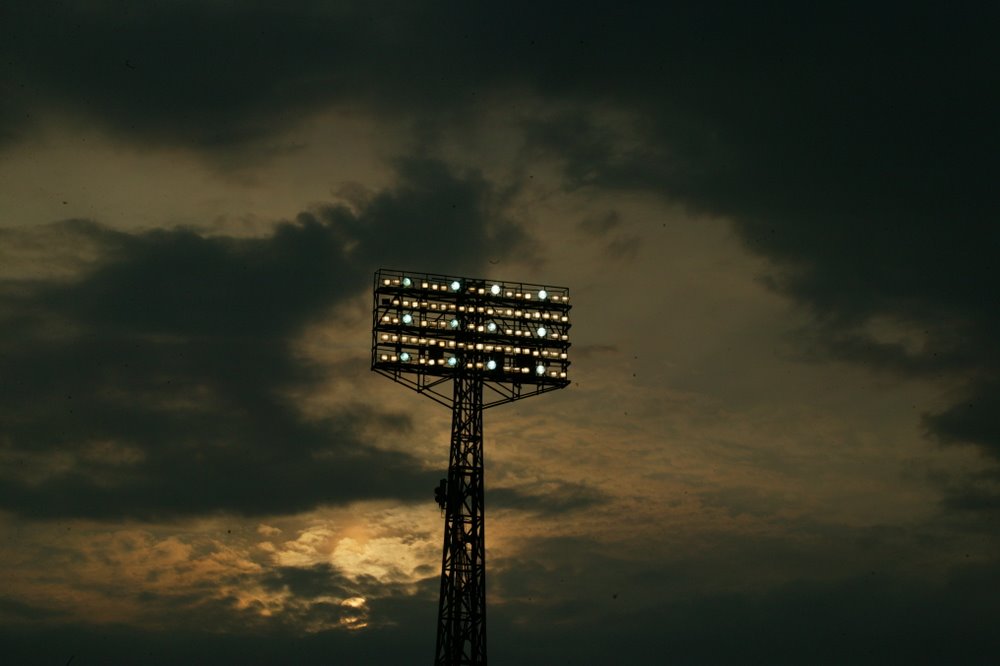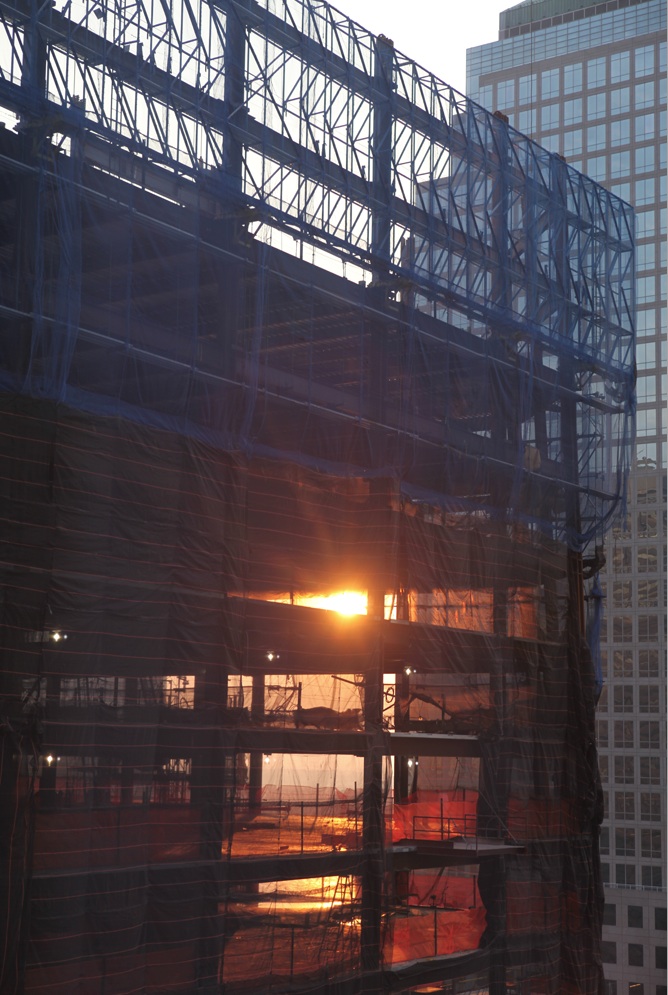
Food Cart Vendor
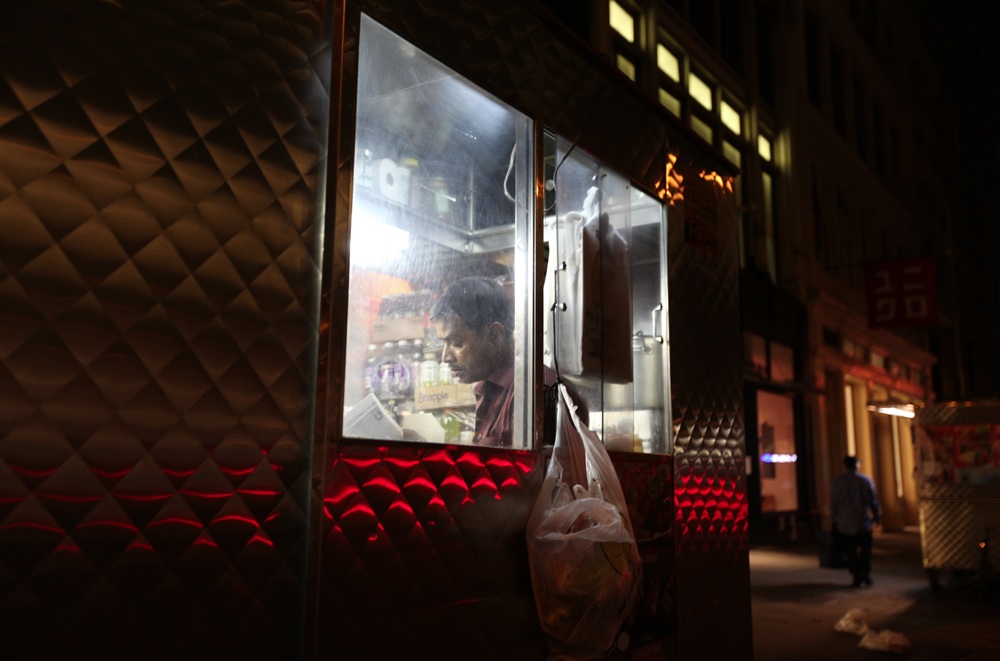
Apple Store at Night
The Apple store is eerily empty at night. It’s only populated by reflections from the other side of the street.
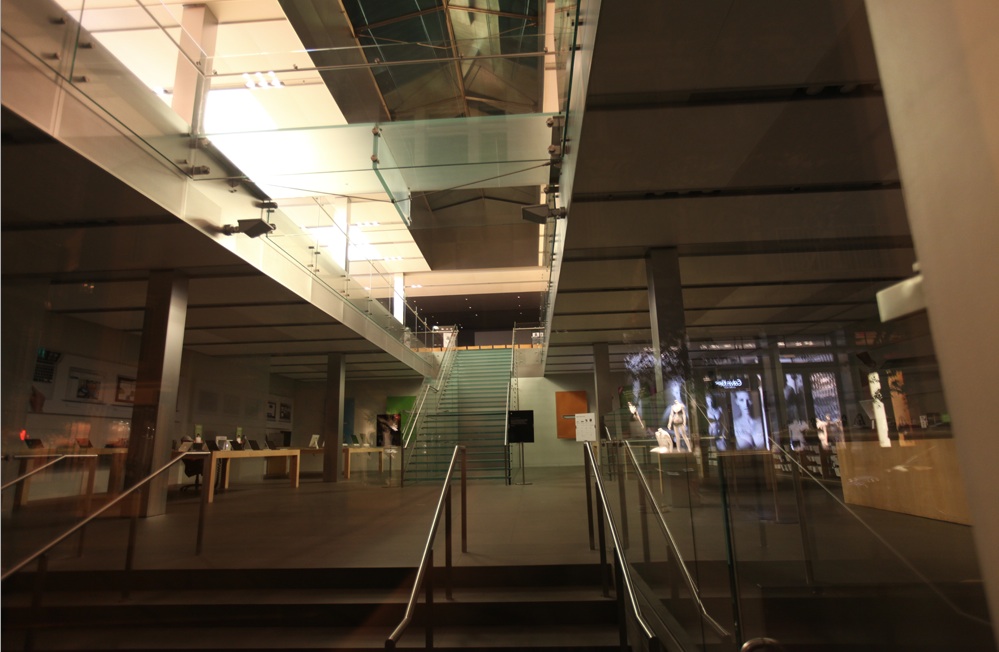
A typical Mac user is camping out even though there is no special event tomorrow.
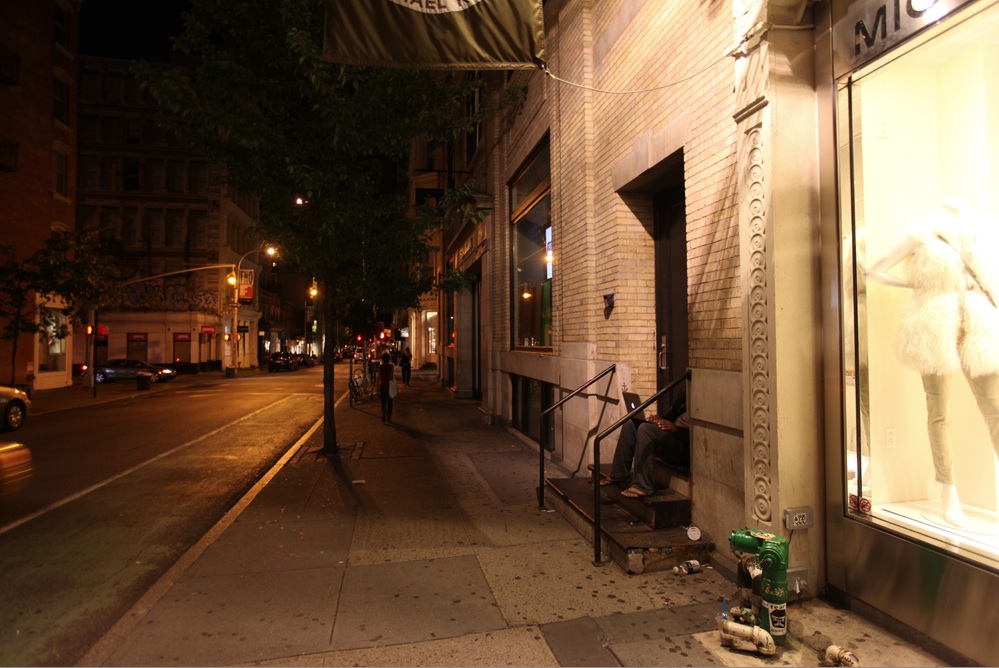
How To Speed Up the Web (And Gain A little Privacy)
Let’s face it: Facebook “like buttons” are dragging the pageload speeds down. They are just the pits, and they are slow mostly because the Great Zuck want to know what you are up to. Screw that – install WidgetBlock for Chrome, your pages will load faster, your browser will crash less, and Zuck will know less about you.
This has been a public service announcement. Also, don’t forget to back up – hard drives only live for a few years.
[update] I seem to be singling out Facebook buttons. And I do – they are the worst offenders in terms of performance. On the other hand Widgetblock works for all kinds of widgets.
Love,
Deadprogrammer
On the Importance of Lube
As a response to meaningless discussions about microformats, standards, widgets and other unimportant web gunk I wrote an article Deadprogrammer’s Hierarchy of Web Needs. The gist of that post is that what matters the most is text and images, and that the importance of everything else above it falls in geometric progression. Things high on the pyramid get too much consideration.
There is one modifier that does not fit on the pyramid: lubrication. You see, there’s a lot of friction associated with putting content online. It’s a major limiting factor to the growth of the internet. Those who focus on the base of the pyramid and apply enough lube succeed.
Twitter succeeded because it is the ultimate lube, the equivalent of a major dose of oil-based laxative. It lets you put little pooplets of thought at the speed of diarrhea. Text alone is enough – it’s the very base of the pyramid. Because of that people forgive Twitter the url shortening pandemic – the very thing that is poisoning the exchange of links, the terrible handling of images, and the procrustean shortening of the information that you can share.
My ideal twitter feed is kind of like now defunct memepool.com, but with inline images. I want good copy, I want good images and I want good links (and not the terrible shortened crap – this is not what hypertext is about).
Besides lube, there is stuff that seems like a good idea, but is actually adding friction. The days of black backgrounds and blinking text are behind us, but the new enemies of eyeballs are more subtle. Hashmarks in Twitter are terrible. I can’t read shit like “ugh, bad #weather in #hoboken #today #firstworldproblems”. Another thing that acts as sand in my eyes is “winerlinks“. They are little hashmarks that let you link to every paragraph in the story (which is a great idea), but at the same time they look like a bunch of bedbugs and scrape your eye with every saccade.
The year is 2011 and we are walking with supercomputers attached to digital cameras more powerful than the ones that went into space probes. Yet sharing an image is still a huge pain in the ass. It just takes too many steps. Iphone apps do it relatively well, even if too many people mangle their perfectly good pictures with a totally un-fun “a fun & quirky way to share your life with friends through a series of pictures” (whatever that means).
Here’s Vannevar Bush talking about “memex trails” in “As We May Think“:
“The owner of the memex, let us say, is interested in the origin and properties of the bow and arrow. Specifically he is studying why the short Turkish bow was apparently superior to the English long bow in the skirmishes of the Crusades. He has dozens of possibly pertinent books and articles in his memex. First he runs through an encyclopedia, finds an interesting but sketchy article, leaves it projected. Next, in a history, he finds another pertinent item, and ties the two together. Thus he goes, building a trail of many items. Occasionally he inserts a comment of his own, either linking it into the main trail or joining it by a side trail to a particular item. When it becomes evident that the elastic properties of available materials had a great deal to do with the bow, he branches off on a side trail which takes him through textbooks on elasticity and tables of physical constants. He inserts a page of longhand analysis of his own. Thus he builds a trail of his interest through the maze of materials available to him.
And his trails do not fade. Several years later, his talk with a friend turns to the queer ways in which a people resist innovations, even of vital interest. He has an example, in the fact that the outraged Europeans still failed to adopt the Turkish bow. In fact he has a trail on it. A touch brings up the code book. Tapping a few keys projects the head of the trail. A lever runs through it at will, stopping at interesting items, going off on side excursions. It is an interesting trail, pertinent to the discussion. So he sets a reproducer in action, photographs the whole trail out, and passes it to his friend for insertion in his own memex, there to be linked into the more general trail.”
Stinging together these trails is still too cumbersome. Have you ever tried to post a picture of two items (what JWZ calls “ exhibit A, exibit B” (this particular link leads to a collection that is totally worth your time)? What if there are no pictures of these items on the internet and you have to scan or photograph it, upload it, crop it, post it? And what if like Vannevar Bush’s bow and arrow researcher you’d like to add a comment in longhand, your own handwriting. Or how about a little hand-drawn diagram? This simple task will likely take at least half an hour.
But enough bellyaching. It’s 2011, and the flying cars are almost here. There’s Skitch and Evernote (Phil Libin seems to be making the dream of Memex a reality in a less lame way than anyone else). And as an alternative to Twitter there is Google+ – I can drag an image from Skitch into a text area and it automatically uploads! When they’ll open up the API doing A/B posts will become finally possible there. Please, please leave the suffocating, hashtag strewn stinkhole that Twitter became. Join Google+. I’ll be hanging out there.
NYC Earthquake
They say that cats and fish can predict earthquakes. Apparently not mine.
This this the extent of the damage:
 |
| From My Blog Photos |
How to Help Tiny Tower Zombies Through Time Travel
Do you have a friend or a loved one who exhibits a strange fixation on an iphone game that makes them perform mindless repetitive tasks and mutter gibberish about “building new floors”, “dream jobs”, and “stocking the bowling alley” while producing cash register sounds. Don’t worry, these people did not go nuts – they are simply addicted to “Tiny Tower” – iPhone’s version of Farmville.
Tiny Tower is an insidious game: it’s designed to make its victims perform in-game routines wired to the pleasure center of the brain while keeping them comfortably numb. There’s something meditative in these repetitive tasks, they are akin to playing with prayer beads. The concept of the game also carries the religious theme, as the player is tasked with controlling the fate of “bitizens” – little pixel people, assigning their jobs and apartments. This feeling of control over the fake little world is its own reward.
After getting tired of seeing my co-workers spending their lunches hunched over their Tiny Towers I tried to put a stop to these “lunches of the living dead”. Cracking jokes about “tiny towers” didn’t work, and neither did the appeals to reason.
The most insidious part of the game is the fact that you need to spend a lot of time waiting for the items to be restocked and the floors to be built. I thought that the developers of the game would implement some kind of an independent timer, but they were lazy and used the system time. It turned out that the best way to fight the Tiny Tower zombification is to show how to change the system time (settings -> general -> date and time -> uncheck “set automatically”) so that the money accumulation and the floor building would go fast. Once that happens the whole addictive game dynamic is broken and you can again talk to your friends and colleagues.
tiny tower is getting another floor
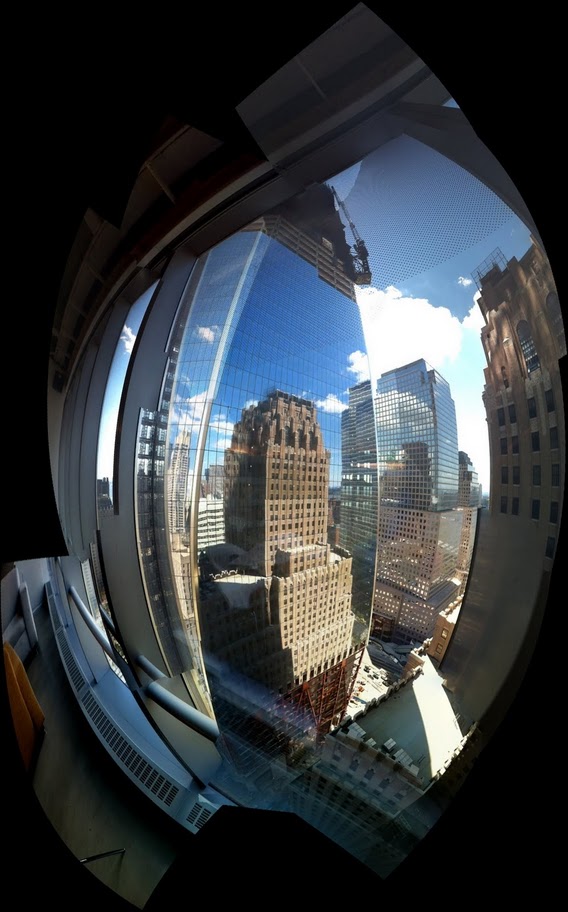
I, for one, welcome our new social overlords
Disclamer: I thought that Google Wave was an excellent idea, so you can safely disregard my blathering here.
Here’s what I’m picturing in my head: Google has approached Facebook and Twitter on the playground. Twitter stole a piece of Facebooks lunch, but can’t really hold onto it. After a few threats and a bit of running around and a few ineptly thrown punches Google got itself into position to really clean Facebook’s clock and take its lunch. Foursquare and Groupon which earlier evaded Google’s punches in the most ebarracing for Google way possible are likely to be lunchless later. It is rather strange that Google does not go after scrawny TV Guide and White Pages – it looks like their lunches are not that tasty.
Yes, it’s just another social network. Yes, Google has a track record of failing fast and frequently (which if I remember correctly is a “good thing”). But remember, a bunch of incompetent coders received such an applause, press coverage and a whole evem some money to build a Facebook alternative. And finally mighty Skynet is doing the same thing. I think the company behind the mighty Skynet and the future parent of our robotic overlords has a chance against a bunch of compiled spaghetty PHP.
P.S. Zuckerberg and his approach to privacy creeps me out, so I have deleted my Facebook account and turned it into a blank account used only for work (writing Facebook apps, testing and such). I’m completely fed up with the character limit on Twitter – it’s nothing more than a feed from my blog. But I do want to share photos, and I do want to post shorter, non-blog-worthy thoughts. I’m really rooting for Skynet here.
Odessa Close Up
I own a few quality Canon lenses, but 100-400 zoom lens is my favorite. 100-400 is heavy and it needs to be swapped in for something more reasonable often because it only catches a small part of the overall picture. Yes, extreme closeup is a cheesy trick: every object starts looking more significant than it already is when the focus is on it and the background disappears in a soft blur known as “bokeh“. But more often than not I do want to get rid of the clutter and take a closer look at something, to intensely focus on one thing. Sometimes looking at an object zoomed in at 400 you find something new – like a ghostly outline of the old company name hiding behind a new neon sign or a joke left in by the sculptor or notice what is going on on the tops of skyscrapers.
100-400 seems to add a strange, otherworldly glow to things – the glow that I associate with memory.
Here’s a series of closeup photos of my hometown, Odessa. Beware, if you are from there this might cause some serious nostalgia.
The postal boxes were repainted a few times, but are still pretty much the same.
A core sample is the best demonstration for watermelons
But you have to trust the merchant’s sign that the grapes from Tairovo are sweet!sweet!
The dish of my childhood – a tomato salad with tomatoes that taste like tomatoes.
The building in the background is gone, but the old horse chestnut (which is probably a few hundred years old) is still around
Here’s what you do with the leaves of acacia: you rip them off in one motion and hold them tight in your fist. Then you let go in an upward motion and try to catch as many as you can. Then you play age old game of loves me-loves me not with the remaining leaves. Well, at least that what I remember.
Kitteh, as neglected as the city itself voices her complaint.
A pigeon walks around in fallen acacia flowers in front of my hildhood home. I gathered a bunch of these flowers. They still smell like the city that I lost.
These flowers in the park are still the same.
A terrible piece of tile grafitti sprung on a refined and sophisticated building by its new owners is now covered in even cruder grafitti. Soon the slate will be wiped clean. The act of tiled vandalism always amazed me when I saw it as a kid – it was one of the first hints as to what happened in 1919.
The staircase that leads to the sea at 13th Station of the Big Fountain. If you were brave, you could ride it down, but it lead to more sprains, scrapes, ruined pants and mis. injuries than I care to remember. Yet few kids could pass by the opportunity to ride it down.
Seemingly indestructable electrical poles are surprisingly free of ads, but they must have carried more of them than many newspapers.
Pushkin’s fish is still spitting into the fountain basin full of coins left by tourists.
Corn on the cob at the beach is as spectacular as ever
A remnant of a communal flat: after the Soviets kicked out and mostly shot the old tenants, what is known in New York as a “classic 5“, a spacious one family apartment became a 5 family apartment. The communal spirit was not complete though – all 5 bells would have been connected to separate electricity meters.
These sturdy cast iron garbage urns might be pre-revolutionary in origin. They always reminded me of the Pushkin monument and the drinking fountain in the park (which I’ll cover further down).
Mercury from the City Hall building stares blankly
The iron fence of the old synagogue reminds me the fence in front of a church on 5th Avenue.
This is where I would jump off almost every time when visiting the park
Bullheads!
The laurel crown of Odessa’s beloved founder, Armand-Emmanuel de Vignerot du Plessis, Duc de Richelieu, looked like a kangol-style hat to me when I was little. I guess it still does.
Poor old lion dragged from somebody’s pre-revolutionary dacha to “the old Odessa corner”. I sat on this beast many a time for a photo, and so did probably millions of locals and tourists.
They still use homemade brooms – I’m sure these are superior to synthetic-bristled ones. At the very least they must be cheaper.
Wild grapes are in every other courtyard. They are extremely sour when green, but rarely survive into maturity.
This Atlas always amused me because unlike other classical atlases he wore a working man’s belt. He is in a very bad way.
This lion appears on dozens of buildings. I guess it was on sale two centuries ago.
It’s pretty hard to destroy ironwork.
I bet Alexander Pushkin tied his horses to this thing. Or something. It was good for jumping on and off it.
These trashcans were all over the place when I was a kid – I only found one in the back of a courtyard.
I bet this kid with a cournucopia (or just a bouquet) of flowers had a wingwang at some point.
A piece of Soviet sculptural impotence is still memorable to me for some reason. I think it’s supposed to sybolize basketball. Or the last drop of patience or something.
The crown of one of the last remaining cast iron ad pillars
There were a few of these things all over the city. As a kid I was told that these were for sampling gas – I remember trying to smell it at some point.
The entrance to the park – a place to meet after school.
A park bench
When I was crawling around the park as a toddler this fountain used to work. It always reminded me the Pushkin monument – it might have been cast by the same company. I still have memories of my father raising me up so I could take a drink.
Our sadistic gym teacher made us do pull-ups on these bars.
This is another place where no self-respecting child would walk on the ground instead of skipping on the parapet
This lamp has seen better times
Some people say these wells were operational at some point, others say that they were simply ornaments dragged from elsewhere where they were operational. In any case, these are reminders of the time when Odessa’s major source of water was roof-collected rain and the Fountains.
A lamp of the Soviet vintage
A horrible Soviet-era mosaic that is nevertheless burnt into my childhood memory
The soccer stadium lights always made me sad for some reason
